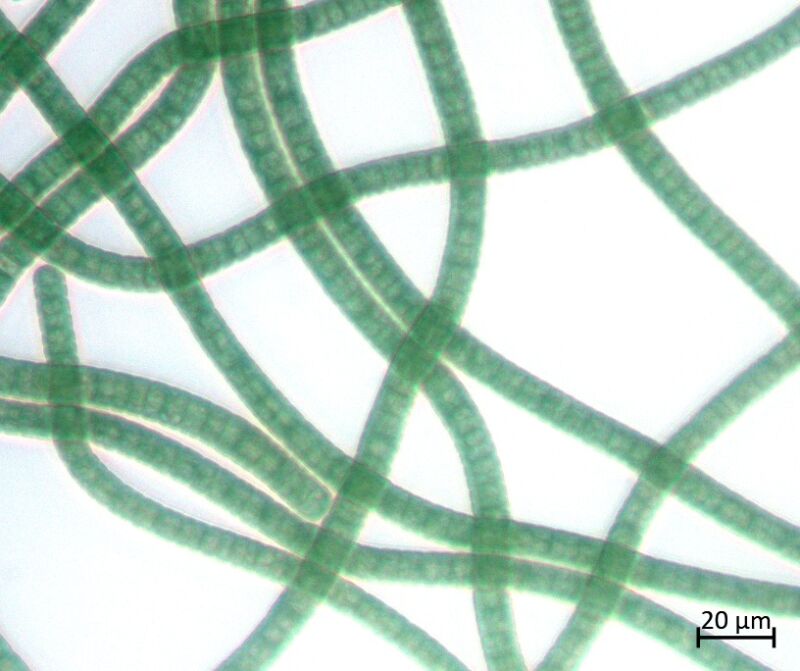Exotic bacteria species show promise as rare-earth element recyclers

Enlarge / One of the species identified in this work. (credit: Thomas Bruck)
Demand for rare-earth elements is growing and may reach 315,000 tons by 2030. Meanwhile, more than 40 million tons of e-waste-trashed computers, cell phones, and other electronics-is generated each year. Some of that waste contains the same valuable elements that face rising demand.
Over the years, several notable methods have been suggested for recovering spent or waste-based rare-earth elements, such as urban mining or nano-filtration systems in streams. One persistent idea is to use microorganisms such as bacteria to bioabsorb" the desired substances-a passive biological process in which the organisms bind and remove the substances from an aqueous solution. The technology hasn't yet been rolled out at an industrial level, but some researchers suggest that their most recent findings represent a big step forward.
In a recent paper, Thomas Bruck, a professor at the Technical University of Munich who studies synthetic biotechnology and sustainability, and his colleagues describe identifying 12 exotic cyanobacterial species that are particularly good at absorbing rare-earth elements. These species could be used to reclaim desirable elements, while also cleaning up the land and the water. [I]t's not something we predicted in any way," Bruck told Ars.